Last Update On: June 23, 2025
The Southwest United States is a diverse and captivating region, known for its breathtaking landscapes, rich cultural heritage, and vibrant cities. From the iconic deserts to the majestic canyons, the Southwest offers a unique blend of natural wonders and man-made marvels. In this blog post, we will explore nine places that should be on your radar when planning a trip to this enchanting part of the country.
1. Sedona, Arizona
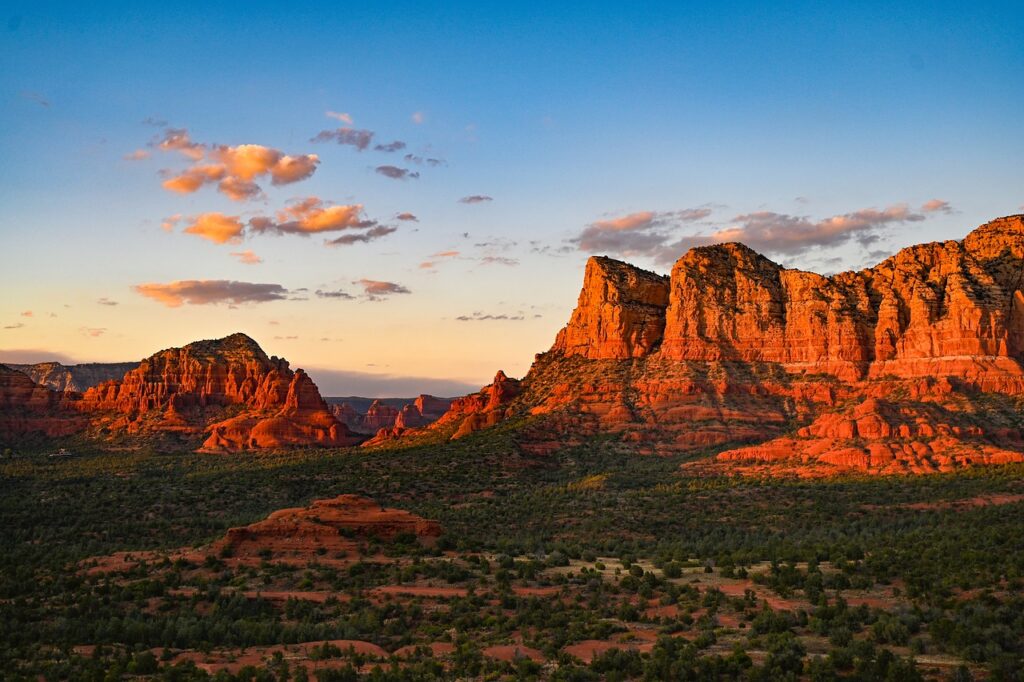
Sedona is all about the landscape. Towering red rock formations surround the town, creating a dramatic setting that makes even a simple walk feel like an experience. The scenery isn’t just a backdrop; it’s the reason people come here to hike, explore, take photos, and slow down. Everything from the trails to the scenic drives to the peaceful overlooks is shaped by that view.
Some of the best hikes include Cathedral Rock at sunset, Bell Rock, Devil’s Bridge, and West Fork Trail. For shorter or less crowded options, try Sugarloaf Loop, Twin Buttes via Mystic Trail, or the Boynton Canyon Trail. If hiking isn’t your thing, the Red Rock Scenic Byway is a beautiful drive with plenty of places to stop for photos. Pink Jeep Tours are a popular choice too, especially the Broken Arrow route, which locals and repeat visitors often recommend.
To beat the crowds, plan your visit during the week instead of the weekend. Sedona draws millions of visitors each year, and trailhead parking lots can fill up fast. Try to start your day early, or look into using the free Sedona Shuttle when available.
Be sure to visit the Chapel of the Holy Cross, a striking church built into the red rocks. For a more off-the-beaten-path experience, Angel Valley offers walking trails, meditation areas, and peaceful creekside views. If you want a quiet place to cool off, check out Bootlegger along Oak Creek. A short walk upstream reveals hidden swimming spots away from the main crowd.
Sedona is also known for its energy vortex sites. Whether or not you believe in the spiritual side of things, many visitors find a quiet walk through nature to be uplifting. Crystal hunting near Happy Jack or Cottonwood is another fun way to connect with the area, especially for families or those looking for something different.
Downtown Sedona and the Village of Oak Creek both offer plenty of food and shopping options. Hideaway House is a casual place with a great deck view, while ChocolaTree serves organic meals in a peaceful setting. Tlaquepaque Arts and Crafts Village is designed like an old Mexican village and features galleries, boutique shops, and upscale restaurants like Rene.
If you have time, nearby towns are worth checking out. Jerome offers historic buildings, restaurants, and mountain views. Clarkdale has a scenic train ride, and Camp Verde is home to Montezuma Castle and Montezuma Well, both national monuments worth seeing if you’re staying for several days.
Places to stay range from budget motels like the Sedona Motel to luxury resorts in Boynton Canyon. The Village of Oak Creek is quieter and less expensive, with golf courses and great views. Uptown Sedona is close to restaurants and tours, while West Sedona has more local flavor, with grocery stores and good spots to eat. Oak Creek Canyon offers a quieter stay and beautiful natural surroundings, including Slide Rock and apple orchards.
No matter how you spend your time, Sedona has something for just about everyone. With a little planning, you can enjoy the best parts of the area without feeling rushed or overwhelmed.
2. Grand Canyon National Park, Arizona

You’ve seen the photos, but none of them prepare you for what it’s like in person. The sheer size, shifting colors, and quiet stillness all hit differently when you’re standing at the edge. Many visitors describe it as overwhelming in the best way. Some even return year after year and still find something new to appreciate.
If it’s your first time, a good place to start is the Rim Trail near Bright Angel Lodge. From there, you can walk about two miles east toward Yavapai Point and Mather Point. The trail is paved, mostly flat, and offers nonstop views into the canyon. Once you reach the end, take the free shuttle back to where you started. With restrooms, snacks, and plenty of photo spots along the way, it’s an easy way to get your bearings and take in the sights without too much effort.
However, nearly everyone who has spent time here says the experience completely changes once you step below the rim. Even a short walk down one of the main trails gives you a stronger sense of the canyon’s depth and silence. Bright Angel Trail down to Plateau Point is one of the most recommended day hikes. For those up for something longer, backpackers talk about hidden waterfalls, quiet campsites, and ancient ruins you won’t see marked on any map.
Some visitors prefer to see the canyon from a different angle. Rafting the Colorado River gives you a look at places you can’t reach any other way. Mule rides offer a slower journey to the bottom with time to take in the changing landscape. If time is limited, helicopter rides and scenic flights also provide stunning views and are especially popular for those coming from Las Vegas.
While the South Rim draws the biggest crowds, there are plenty of ways to escape them. The North Rim is cooler, quieter, and known for its peaceful overlooks. Desert View Drive along the East Rim is another great option, with scenic stops like Lipan Point and Moran Point that often get overlooked.
One thing that comes up again and again is safety. Many of the best views don’t have railings, and long-time visitors are quick to point out how easy it is to misjudge your footing. A surprising number of accidents happen each year, often because someone ignored the warnings for the sake of a photo. It’s worth repeating: enjoy the view, but don’t get too close.
Between the dramatic landscapes, the chance to disconnect, and the variety of ways to explore, the Grand Canyon offers more than a quick photo op. If you take the time to go beyond the main viewpoints, you’ll see why so many people say it’s one of the most powerful places they’ve ever been.
3. Santa Fe, New Mexico
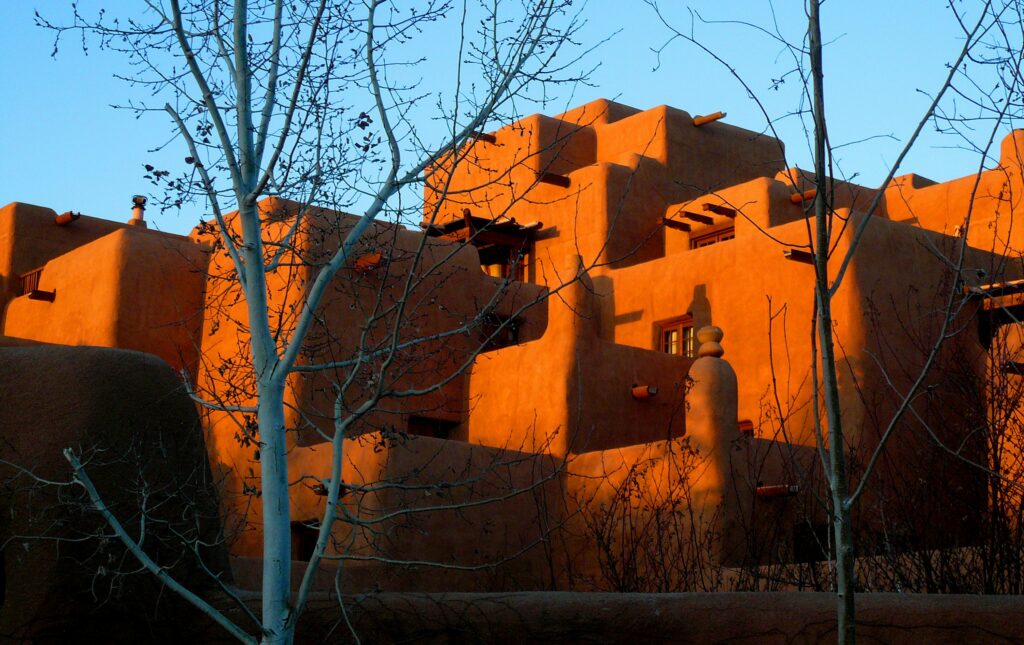
Santa Fe isn’t just historic; it’s layered. Founded in 1610, it’s the oldest capital city in the U.S., and you can feel that history everywhere you walk. The city has a distinct personality that comes through in everything from its adobe buildings and narrow streets to its art, food, and community events.
Start in the heart of town at Santa Fe Plaza. This is where it all comes together: local shops, art galleries, restaurants, street performers, and Native American vendors selling handmade jewelry under the Palace of the Governors’ portal. The Palace itself is now a museum, and it’s worth stepping inside for a deeper look at the city’s past. Right nearby, you’ll find landmarks like the Cathedral Basilica of St. Francis of Assisi and the Loretto Chapel with its mysterious spiral staircase. Both are popular for good reason.
Santa Fe is known for art. Canyon Road is the centerpiece, lined with galleries, outdoor sculpture gardens, and studios. It’s one of the most walkable stretches of fine art in the country. The Georgia O’Keeffe Museum is another major stop, with thousands of pieces by one of America’s most iconic artists. For contemporary and experimental work, SITE Santa Fe delivers something completely different. And if you’re looking for something immersive, Meow Wolf’s House of Eternal Return has become a must-see.
If museums are your thing, plan a few hours at Museum Hill. It’s home to the Museum of Indian Arts and Culture, the Museum of International Folk Art, and more. These are well-regarded collections that attract people from around the world.
Santa Fe is also a food town, especially if you like bold flavors. Tomasita’s is a local favorite for traditional New Mexican cuisine, and visitors rave about the green chile dishes across town. If you’re up for a short drive, El Rancho de Chimayó is a scenic and delicious stop. Even farther up the road in Española, Anita’s Restaurant has a reputation for the best lamb around. Just know the service is slow, but worth the wait. And when they ask red or green, the answer is Christmas if you want both.
Beyond the city, there’s no shortage of day trips and outdoor options. Hike through Bandelier National Monument or Valles Caldera for scenic trails and ancient ruins. Visit El Santuario de Chimayó, a world-famous pilgrimage site just a short drive away. Or take the High Road to Taos, one of the most beautiful drives in the Southwest, with stops in small villages and photo-worthy views. In winter, ski areas near Santa Fe and Los Alamos are also within easy reach.
Santa Fe’s reputation as a healing destination is well earned. You’ll find everything from hot springs and Japanese spas to chakra alignment, aura readings, and other wellness services. Whether you’re into it or not, the city leans into the spiritual vibe, and a lot of people come away feeling reset.
If you’re planning a summer visit, look into events like the Santa Fe Opera, International Folk Art Market, Indian Market, and Zozobra in the fall. In December, the Farolito Walk on Canyon Road lights up Christmas Eve in a way that’s genuinely magical.
Whether you’re here for the art, the food, the culture, or the landscape, Santa Fe gives you plenty of ways to make the most of your time. It’s compact but packed with things to do, and almost everything feels just a little more special thanks to the light, the altitude, and the city’s unmistakable charm.
4. Zion National Park, Utah

Zion is one of the most visited national parks in the country, and once you’re standing between those towering cliffs, it’s easy to see why. The landscape here is dramatic, with narrow canyons, sheer red walls, and trails that lead straight into the river or up to panoramic overlooks. If you’re planning a visit, the two biggest things to know are that it gets crowded, and the best parts often require getting out of your comfort zone.
Let’s start with the must-dos. The Narrows is probably the park’s most famous hike. You’ll be walking through the Virgin River with canyon walls rising up to a thousand feet around you. The trail starts at the Temple of Sinawava and is usually accessible as a day hike. Expect cold water and slippery rocks, but also some of the most unforgettable views in the park. Water shoes and walking sticks are a smart choice.
Angel’s Landing is another top pick, but it’s not for everyone. It’s steep, narrow, and has long drop-offs on both sides. You’ll need a permit to hike it, and if you’re even slightly uneasy with heights, it’s okay to skip it. A great alternative is to hike to Scout Lookout and continue on the West Rim Trail, where you still get amazing views without the risk.
If you prefer less adrenaline and more scenery, the Zion-Mount Carmel Highway is one of the best drives in the park. It includes a tunnel carved directly into the mountain and features cut-out windows with quick glimpses of the canyon. Once you’re through, the views on the east side are completely different and worth exploring in both directions. Canyon Overlook Trail, just above the tunnel, is short, kid-friendly, and rewards you with one of the best vistas in the park.
During peak season, you’ll need to take the shuttle to access the main canyon. Private vehicles aren’t allowed in most areas unless you’re staying at Zion Lodge. That said, the shuttle system is smooth, and the stops drop you close to the major trails and viewpoints. If you want to avoid crowds altogether, visit in spring or fall and skip school breaks if you can. In winter, some areas may close due to snow or flash flood risk, but you’ll have the place mostly to yourself.
For something quieter, head to Kolob Canyons. It’s a 40-minute drive from the main entrance and much less visited. You’ll find scenic trails, towering cliffs, and fewer people, which can make for a more relaxed experience. This section of the park often gets overlooked, but those who go tend to call it a highlight.
Zion also has great options for biking, especially along the park road when shuttles are running. If you’re up for a longer trip, Zion is part of the classic three canyon loop with Bryce Canyon and the Grand Canyon, making it a great stop on a larger Southwest road trip.
No matter how you explore Zion, whether on foot, in the river, by bike, or by car, what sticks with you is the scale of it all. The cliffs feel impossibly tall, the colors change constantly, and even the quiet moments feel like something bigger. Just plan ahead, wear the right gear, and give yourself enough time to do more than just look around. The more effort you put in, the more rewarding the experience becomes.
5. San Antonio, Texas
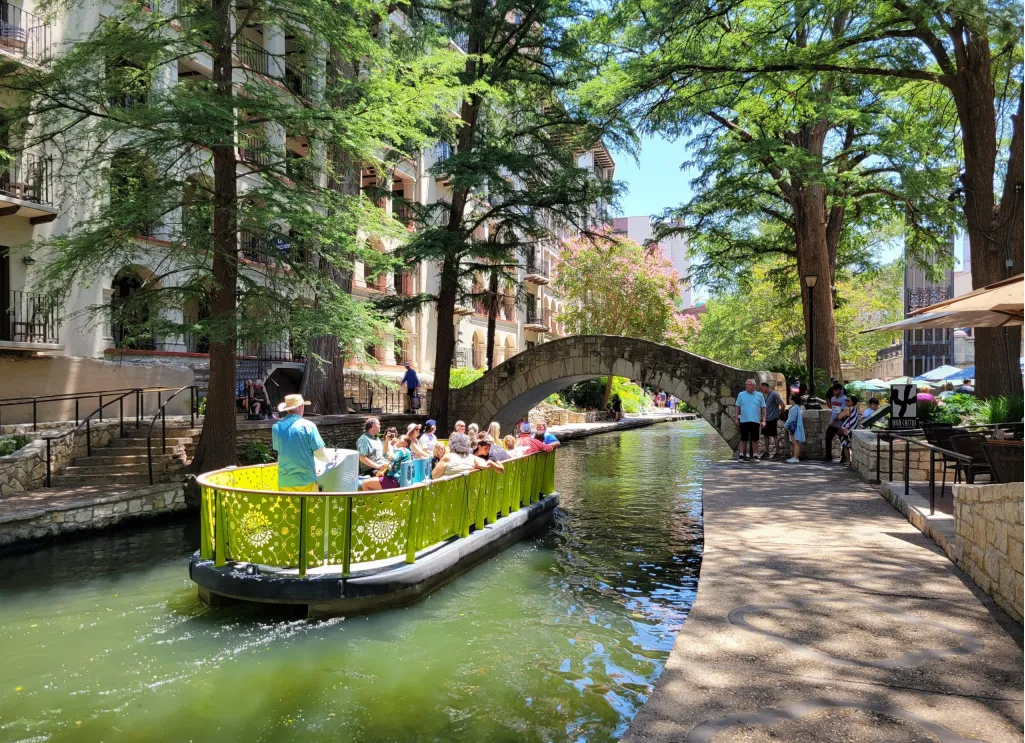
Steeped in history and cultural diversity, San Antonio is a dynamic city with a blend of Mexican, European, and American influences. Explore the iconic Alamo, a historic Spanish mission, and stroll along the scenic River Walk, lined with shops, restaurants, and lush greenery. San Antonio’s vibrant arts scene and lively festivals make it a year-round destination.
6. Joshua Tree National Park, California

Joshua Tree has a way of surprising people. At first glance, it might not look as dramatic as some of the bigger-name parks, but give it a little time and it sinks in. The massive boulders, wide desert skies, and twisted, almost alien-looking Joshua trees create a landscape that feels both peaceful and otherworldly. It’s the kind of place that sticks with you, even if you didn’t expect it to.
The park is perfect for anyone who enjoys climbing around on rocks, hiking through strange terrain, or just being somewhere quiet and wide open. You’ll find well-known spots like Keys View, which gives you a panoramic look at the Coachella Valley and Salton Sea. But some of the real fun is in the places with names like Hall of Horrors and Chasm of Doom—hidden rock mazes you can scramble through if you’re feeling adventurous.
Sunsets here are especially striking. Visitors talk about soft pastel skies with yellow and purple tones that look different than what you’d see anywhere else. And once the sun goes down, it’s one of the best places in the country for stargazing. There’s almost no light pollution, and the stillness of the desert makes the night feel even more expansive. If you’re planning to stargaze, the park’s Night Sky page offers tips on where to go and what to look for.
If you’re planning a visit, the best time to go is between November and April. The weather is cooler and the crowds are lighter. Summer brings serious heat, and while the park is open, it’s not ideal for hiking or climbing during the hottest parts of the day. If you want a quieter experience, try visiting around Thanksgiving or during the shoulder months. Some visitors say it feels like having the park to yourself.
Joshua Tree is easy to reach if you’re coming from Palm Springs or Los Angeles, which makes it a solid day trip or overnight detour. Camping is popular, but sites fill up fast during peak season, so plan ahead. Whether you’re coming to climb, explore, shoot photos, or just slow down for a while, it’s a place that rewards unhurried time and a little curiosity.
For the most up-to-date information on entrance fees, trail conditions, and camping, check out the official Joshua Tree National Park website.
7. Phoenix, Arizona

Phoenix can catch people off guard. It’s not just desert and freeways. It’s a city where you can catch live flamenco one night and hike a cactus-covered mountain the next morning. Whether you’re staying in the city or using it as a base to explore central Arizona, there’s plenty to keep you busy.
Start with the Desert Botanical Garden, where you’ll find Sonoran plants from towering saguaros to strange-looking barrel cacti. It’s especially popular during the holiday season when Las Noches de las Luminarias lights up the garden with glowing lanterns, live music, and food from the on-site restaurant, Gertrude’s. If you’re more into history and culture, the Heard Museum is still one of the best places to dive into Native American art and heritage.
Phoenix also has a solid arts and nightlife scene. If you’re in town on the first Friday of the month, check out the First Friday art walk downtown. Start at the Phoenix Art Museum, which offers free admission that evening, and hop on a trolley to explore galleries, shops, and restaurants across the city’s arts district. If you’re looking for a walkable area with patios and a bit of energy, the Scottsdale Waterfront is another good bet.
For families or anyone visiting during the holidays, the Phoenix Zoo’s Zoolights is a favorite. You can stroll through choreographed light displays while sipping hot chocolate. For something low-key but memorable, head to Fountain Hills at night and catch one of the tallest fountains in the world lighting up the desert sky. Restaurants like Sofrita nearby offer a colorful place to grab dinner.
Phoenix also works well as a base for day trips. You can head north to Sedona, Cottonwood, and Jerome for red rock views and historic charm. Go south to Tucson for the Desert Wildlife Museum, Pima Air and Space Museum, or a canyon hike. Drive about 90 minutes to Out of Africa Wildlife Park in Camp Verde if you’re into animal shows and safari-style enclosures. And in the warmer months, locals float down the Salt River in rented inner tubes with shuttle service included. For tubing season dates, rules, and shuttle info, go to the Salt River Tubing website.
Just remember, the desert isn’t a joke. If you’re exploring outside the city, bring more water than you think you need and respect the terrain. The dry heat can sneak up on you fast.
Phoenix might not be the first place that comes to mind when you think of adventure, but it delivers more than you’d expect. Between the culture, outdoor access, and the wide variety of day trips, it’s a city that deserves more than a layover.
8. Bryce Canyon National Park, Utah
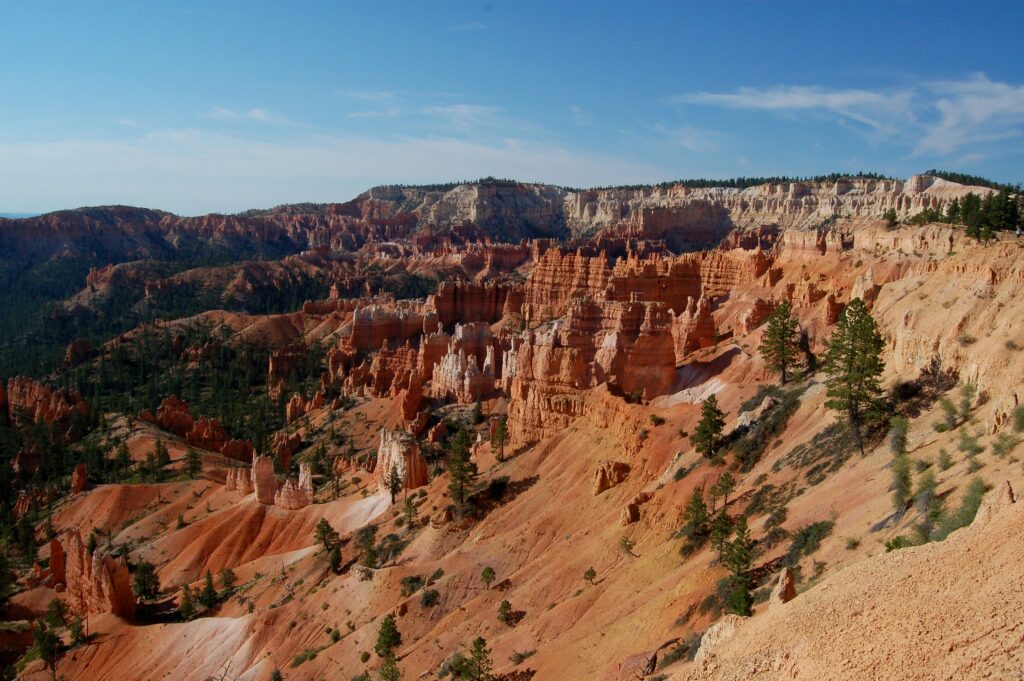
Bryce Canyon is famous for its whimsical hoodoos – tall, thin spires of rock that create a surreal and captivating landscape. Sunrise and sunset bring the canyon to life with a kaleidoscope of colors. Take a scenic drive along the rim or embark on one of the many hiking trails to fully immerse yourself in this geological wonder.
9. Taos, New Mexico

Nestled in the Sangre de Cristo Mountains, Taos is a haven for artists and outdoor enthusiasts. Explore the Taos Pueblo, a UNESCO World Heritage site and one of the oldest continuously inhabited communities in the United States. The Taos Ski Valley offers year-round outdoor activities, from skiing in the winter to hiking and mountain biking in the summer.
Conclusion
The Southwest United States is a treasure trove of diverse landscapes, cultural gems, and outdoor adventures. Whether you’re drawn to the iconic canyons, historic cities, or artistic havens, the Southwest has something for every traveler. Plan your journey wisely, considering the best times of the year for weather, and embark on a trip that will leave you with memories to last a lifetime.

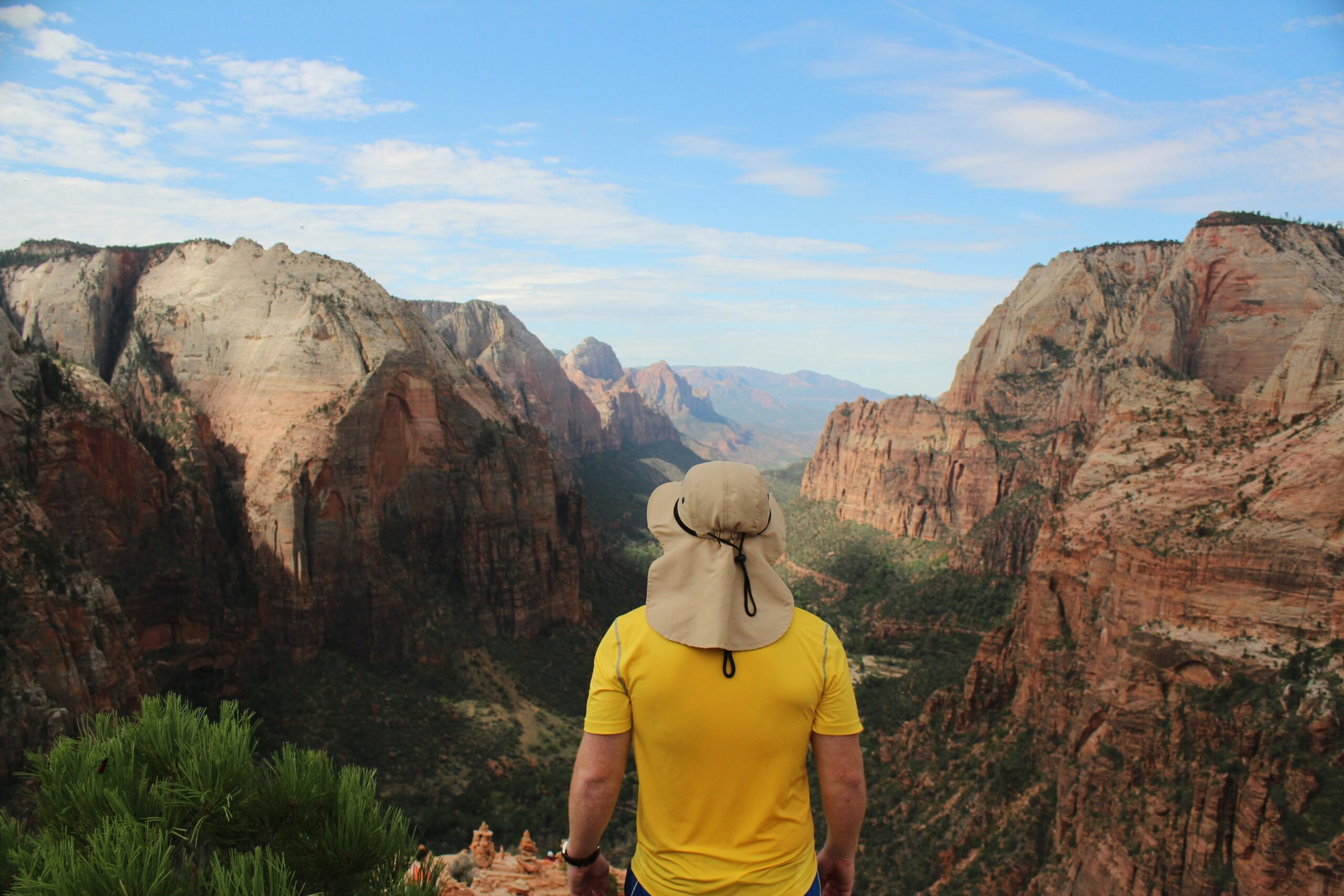

Leave a Reply